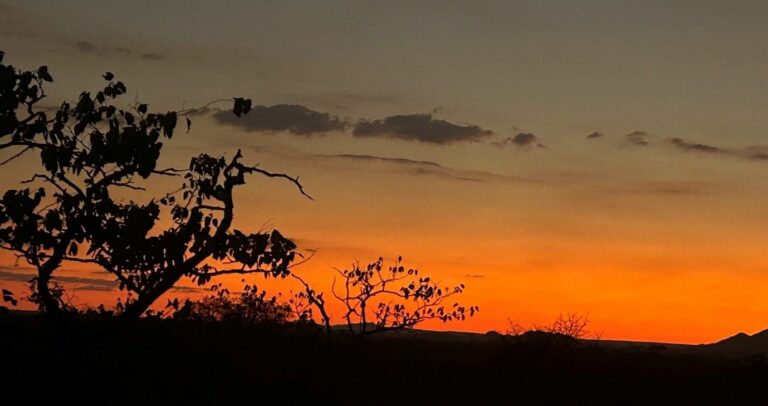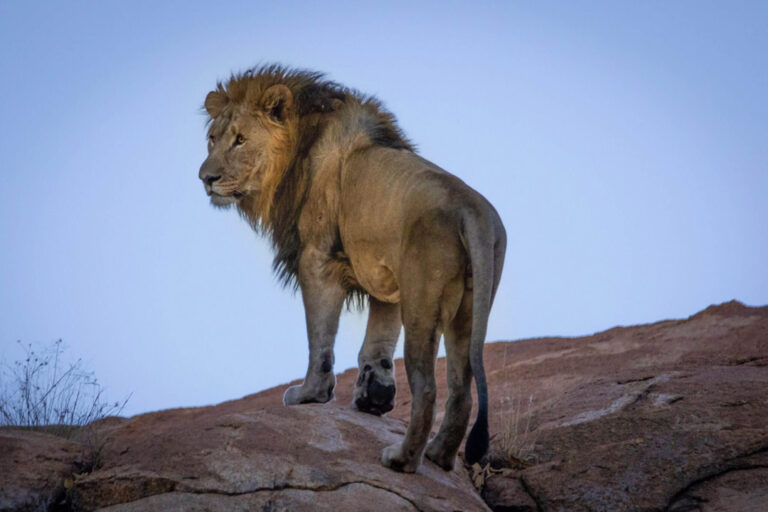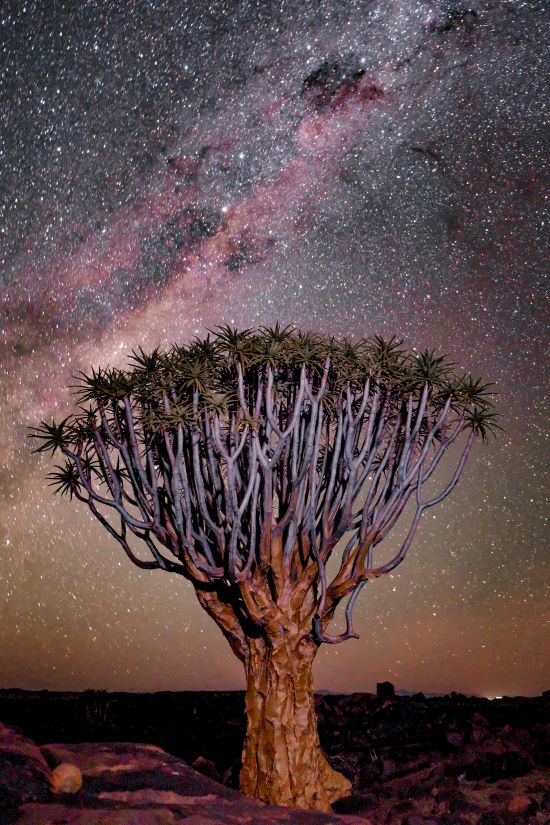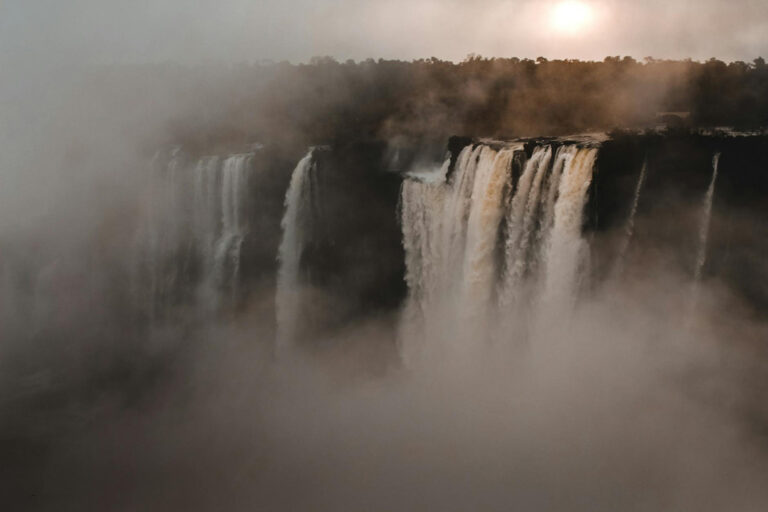African safari hunting is an industry filled with epic accounts of hunting in the wild, big game hunting adventures, and even tales of mysterious happenings. Many a legendary hunter has taken off on an Africa hunting trip and returned with prize trophies and even more prize tales of the hunting expeditions on the Dark Continent.
Not all tales of hunting in the wild are as they seem; folklore abounds across destinations and simply adds another layer to the pull Africa holds over those daring a visit.

[DYNAMIC-BLOGTABLEOFCONTENT]
Trophy Hunting in Africa – Notable Names
Many a famous figure has their name attached to trophy hunting in Africa, but some truly pioneered the art of game hunting and made history with their hunting endeavors.
While some names are more synonymous with a hunting trip than others, there have been many figureheads who shaped the historic hunting safari picture. Trophy hunting has always been a sure way to make one’s name known, and while history has already taken place, who’s to say the future of hunting in the wild doesn’t hold hope for new records and new faces to take their place in the rich history of trophy hunting in Africa.
Sir William Cornwallis Harris (2 April 1807 – 9 October 1848)
Sir William Harris is sometimes credited with being the pioneer of both trophy hunting in Africa and the African safari hunting allure. Sent to the Cape Colony in 1836, he turned a two-year stay into a much-prolonged hunting adventure into Darkest Africa. Loading his wagons and departing from the town of Graaf Reinet in the Eastern Cape, Sir William set off on his dream voyage of hunting in the wild.
His main draw was the giraffe but found great excitement and pleasure in his other hunting expeditions where he felled springbok, Burchell’s zebra, tsessebe, wildebeest, and even elephant. His dream of a successful giraffe hunting adventure came true after an epic 2-mile chase resulted in a prize giraffe bull standing 18 feet tall.
Frank Maurice Allen aka Bunny (1906 – 2002)
For a man who earned his nickname trapping rabbits, Frank Allen certainly moved on to bigger game and larger destinations. In the late 1920s, Bunny joined his brothers in Kenya, where he worked on a farm and led many a guest on their Africa hunting trip.
After World War II, Frank started his hunting farm and became known as one the most expensive and most successful hunting adventure operators during that time.
David Livingstone (19 March 1813 – 1 May 1873)
A pioneer of medicine and faith across his African travels, David Livingstone’s history of hunting in the wild started with complaints from a local tribe regarding lions that were killing their cattle and kin. Dr. Livingstone set out on a hunt hoping to scare off the lions. He, however, ended up seriously injured. But a drive for game hunting adventure was born.
After he died in Zambia, his attendants Susi and Chuma removed his heart and buried it at the base of a Mpundu tree, a site now known as the Livingstone Memorial. Ensuring that the heart of a man who loved Africa till his final breath could remain rooted in the continent he cared for and ministered to.

Peter Capstick (1940–1996)
A name associated with a prestigious award celebrating both game hunting adventure achievement and efforts in conservation. Peter Capstick left a short career as a Wall Street broker and set out to become a professional hunter, leading African safari hunting expeditions across the continent.
Capstick was and is still regarded as a brilliant writer of hunting-related books such as Death in the Long Grass, The Last Ivory Hunter, Maneaters, and Sounds of Silence. He also produced many a hunting film and today his name and legacy are carried forward by the Peter Hathaway Capstick Hunting Heritage Award, as well as the .470 Capstick cartridge produced by Winchester, Capstick’s former employer under one of their subsidiaries.
Ernst Hemingway (21 July 1899 – 2 July 1961)
While he may have been a prolific author, Ernest Hemingway was as prolific regarding his trophy hunting in Africa. His most famed hunting adventure was to be his last before an untimely death. During a 3-month safari through Kenya and Tanzania, Hemingway acquired trophies of lion, plains game, and other big game hunting trophies that added another layer to his fame as a great hunter and lover of an Africa hunting trip.
Lady Winifred Louisa Cochrane (1880–1977)
Born in London and raised in Wales, Lady Cochran shared a passion and skill for hunting alongside her husband Ralph Gerard Alexander Hamilton, who was unfortunately killed in action during World War I. Whether on her own Africa hunting trip, or accompanied by her late husband, Lady Cochran’s hunting adventure targets would include hippos, buffalo, rhino, and even leopards.
Sir Samuel Baker (1821–1893)
Sir Baker was another famous Brit who devoted time and energy to the Dark Continent through his African safari hunting expeditions and involvement in slave trade abolition. Baker’s trophy hunting in Africa was abundant; and during his many stints, he accumulated hunting adventure tallies that include rhinos, over 50 elephants, giraffes, lions, crocodiles, and around 13 species of African antelope.
His career in African safari hunting relied on black powder firearms, including custom shotguns and a reliance on his favorite Holland and Holland rifles.
Frederick Courteney Selous (31 December 1851 – 4 January 1917)
Perhaps the most famous name associated with African safari hunting, Frederick Selous was inspired by the likes of Livingstone and Baldwin and became a much-respected hunter and conservationist.
The experience was Selous’ greatest teacher and his famous explorations of hunting in the wild took him from Zimbabwe, South Africa, and Mozambique to Tanzania, which now honors his legacy through the Selous Reserve. Frederick Selous shared the knowledge learned through his African safari hunting expeditions, by donating over 5,000 specimens of African animal and plant life to the British Museum.

Major GH Anderson (1878–1946)
A former British soldier, Major Andersen became a prominent guide and elephant hunter on the hunting scene in the early 1900s. From around 1921, apart from being a guide on hunting expeditions, he served as a professional safari guide to various members of the British royal family like the Queen Mother and King Edward VIII.
William Charles Baldwin (1826–1903)
Much like Peter Capstick, William Baldwin tried his hand at a “normal” career before packing it in to become a storied hunter of the African safari hunting industry in the mid-1800s. William grew up with a love for sports and horses, no doubt inspiring his preferred method of hunting from horseback.
William Baldwin’s notable hunting adventure areas included Zululand (current day KwaZulu-Natal in South Africa) and stretched to the famed Zambezi region where he first laid eyes on the Victoria Falls.
Hunting in the Wild – Myths and Stories of Animal Behavior
Elephant Graveyards
Elephants are the largest trophy to be found in an African safari hunting expedition, so likewise, there’s a pretty big myth surrounding these pachyderms. This myth is brought about by the idea that elephants know when they are about to die, and willingly wander off to a common “graveyard.”
In reality, the explanation is far more realistic. During times of drought, older elephants take the strain and are more likely to die while gathered at a common watering hole or migratory area.
Short-Sighted and Short-Tempered
The black rhino is known as the grumpier of the two species, anyone who has taken on rhino hunting in the wild has certainly been cautioned against this. It has been suggested that their poor eyesight is the reason for their bad attitudes. While the rhino doesn’t have the best sense of sight, scientists have tested rhino’s distinguishing a human figure at over 600 feet.
Man about the Pride
It’s often thought that every lion pride is home to one dominant male. However, anyone who has experienced an African hunting trip will tell you it’s not always the case. Males often leave their natal pride at maturity and join up with other juvenile males to form bachelor or brotherhood groups. These groups will have fights amongst themselves to determine dominance and this will then determine breeding power and pride control.
Head in the Sand and Hopes in the Air
Everyone has at some point heard a phrase poking fun at an ostrich with their head in the sand, but this isn’t entirely true (and based on correct observation). An ostrich hunting adventure can be a choice for a traditional African hunting safari. But don’t expect the target to stick their head underground.
When viewed from certain angles, an ostrich feeding off the ground can appear to have its head in the sand, when in reality their beak and face are simply very close to the ground.
Delaying the Inevitable
It has been implied that certain antelope can hold off on giving birth until the right conditions arise. And while it can seem this way with births increasing in the rainy season, real life has a more sensible explanation. Much like human pregnancy, nutrition, and environmental factors play a role in when the other call of nature is to be answered. Periods of poor food supply and stress can both shorten or lengthen gestation by no more than a few days or a week at a push. Just enough time for proper development and a safer environment to be found.
African Safari Hunting Chronicles – Folklore from the Destinations
Namibia – Circles in the Sand and Unhappy Trees
Fairy Circles
Namibia’s arid hunting adventure landscape is home to a natural phenomenon that has fueled native legend and confounded scientists for years. Even today, their exact cause is unknown and well–debated.
These circular grass patches form across the desert and over the years many have suspected termites, natural gas emissions, invasion of other grass types, and even supernatural forces of creating these grass rings. Local tribes use these grass rings in ceremonies and as markers for cattle kraals.
Baobabs
Known as the “upside down tree” or Ghost Tree, the baobab is said to have constantly compared itself to other trees and complained to God about its appearance. After a long time, God became so annoyed with the baobab’s complaints that he ripped it out of the ground and put it back upside down so that it would never be able to see another tree and compare itself ever again.

South Africa – The Rain Bull
Many a destination known for trophy hunting in Africa has experienced periods of drought, and in recent years South Africa has had its fair share.
In South Africa, there is the traditional story of The Rain Bull. The story revolves around a village battling a drought and praying for rain. One day a bull descends from the sky and arrives in the hut of a young woman. The woman gives the bull herbs and tea, and when the bull calms down she climbs on his back and they head towards the dry riverbed. The bull falls asleep on the ground and the girl runs back to the village.
When the bull wakes and realizes he is alone, he begins to cry and his tears cause great rains to fall and revive the land.
Botswana – Explaining the Rise and Set of the Sun
The story tells of a solitary crocodile who fell in love with the sun. One day he proposed a plan of swallowing the sun at one end of the river, this way she would be with him all night and he would let her go when he swam back to the East side of the river. This story is an explanation of how the Sun sets in the West and rises again in the East, with the darkness in between symbolizing the time that the Sun spent swallowed by the crocodile.
Zimbabwe – The Serpent at Victoria Falls
Zimbabwean folklore states that Chipique, a sea serpent, traveled to the famous Falls and took up residence in its waters. Eyewitness accounts describe the serpent as almost 40 feet in length, and dark grey in color. Its body strength is said to be capable of capsizing canoes and other watercraft.
Chipique rules the waters at night and cautionary tales abound, even an account from David Livingstone himself.

Mozambique – Spirits of the land
The Makonde people believe in the existence of Shetani, malevolent spirits who take on human or animal-like appearance. Shetani are said to attack and possess people while they sleep, and victims require exorcisms to be saved from the hold of the spirit.
Zambia – A Beast of the Waters
Zambia is home to the legend of Lengolengole; a creature resembling a hippopotamus but with a snake’s head. Lengolengole is said to also attack craft or people on the waters of the Zambezi taking them down to watery graves.
Tanzania – Realms of the Afterlife
One of Tanzania’s greatest legends surrounds the iconic Mount Kilimanjaro. The Chagga people who call the region home tell of two portals at the foot of the mountain, one leading to the afterlife and the other leading to the “land of the ghosts.”
Like many African populations, the Chagga believe these ghosts return to visit them in dreams and visions. These visits can bring news from the underworld or caution about earthly activities affecting the spirits.
Africa: Home of Wildlife, Legends, and More
An African hunting trip may have started as a means of survival and subsistence, but trophy hunting in Africa has become its main draw and African safari hunting now stands as one of the biggest contributors to the African economy. The legends of old may have inspired and drawn many to the Dark Continent looking for adventure, hunting in the wild, and maybe discovering new lands and animals.
Like those who first took to Africa looking for a sport hunting adventure, so too, can you make your Africa hunting trip dreams a reality. And while the species may all be known, records are made to be broken, and legends always need new names to be written and tales to be told.
Are you ready to write yours?
Author: A. Baker
